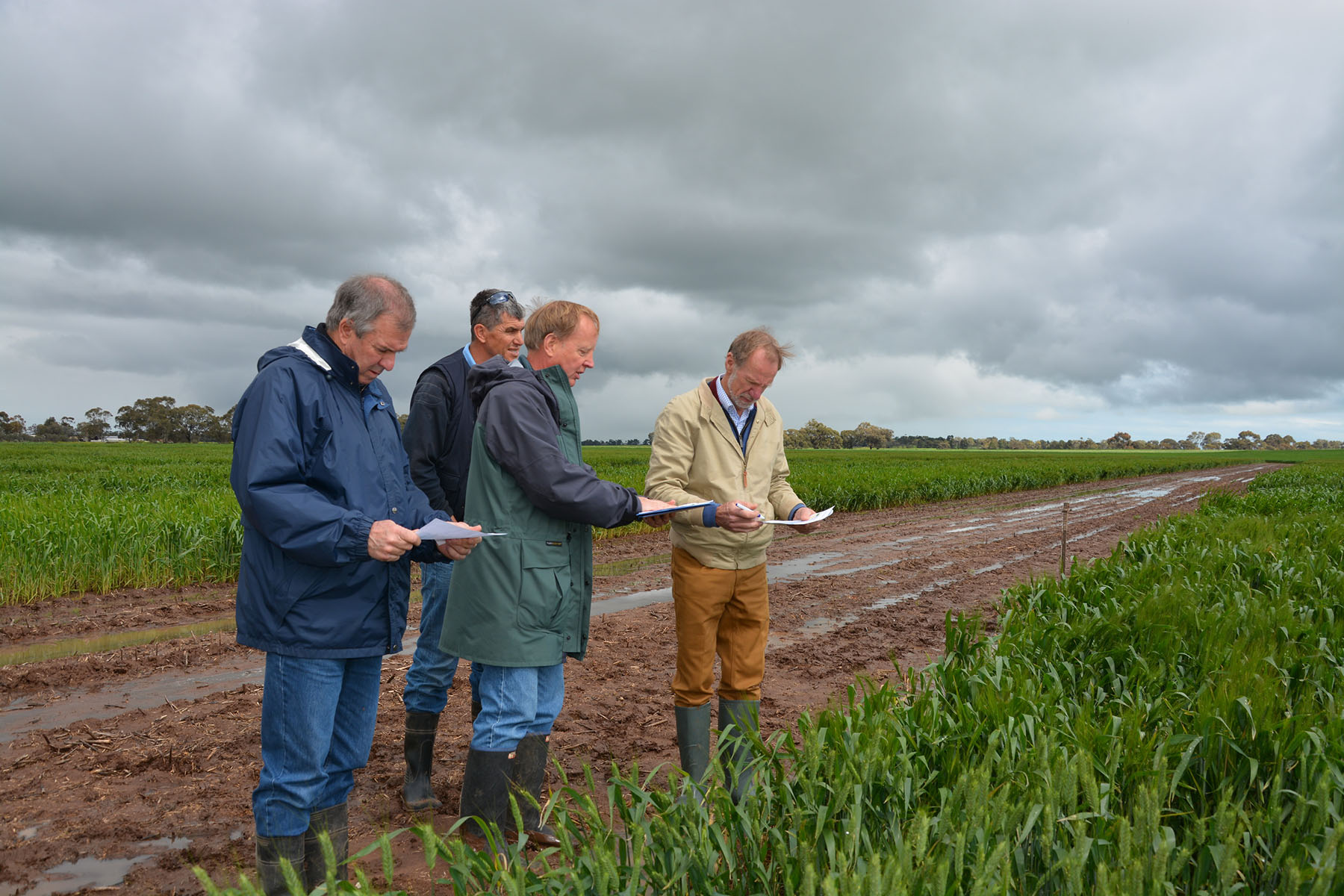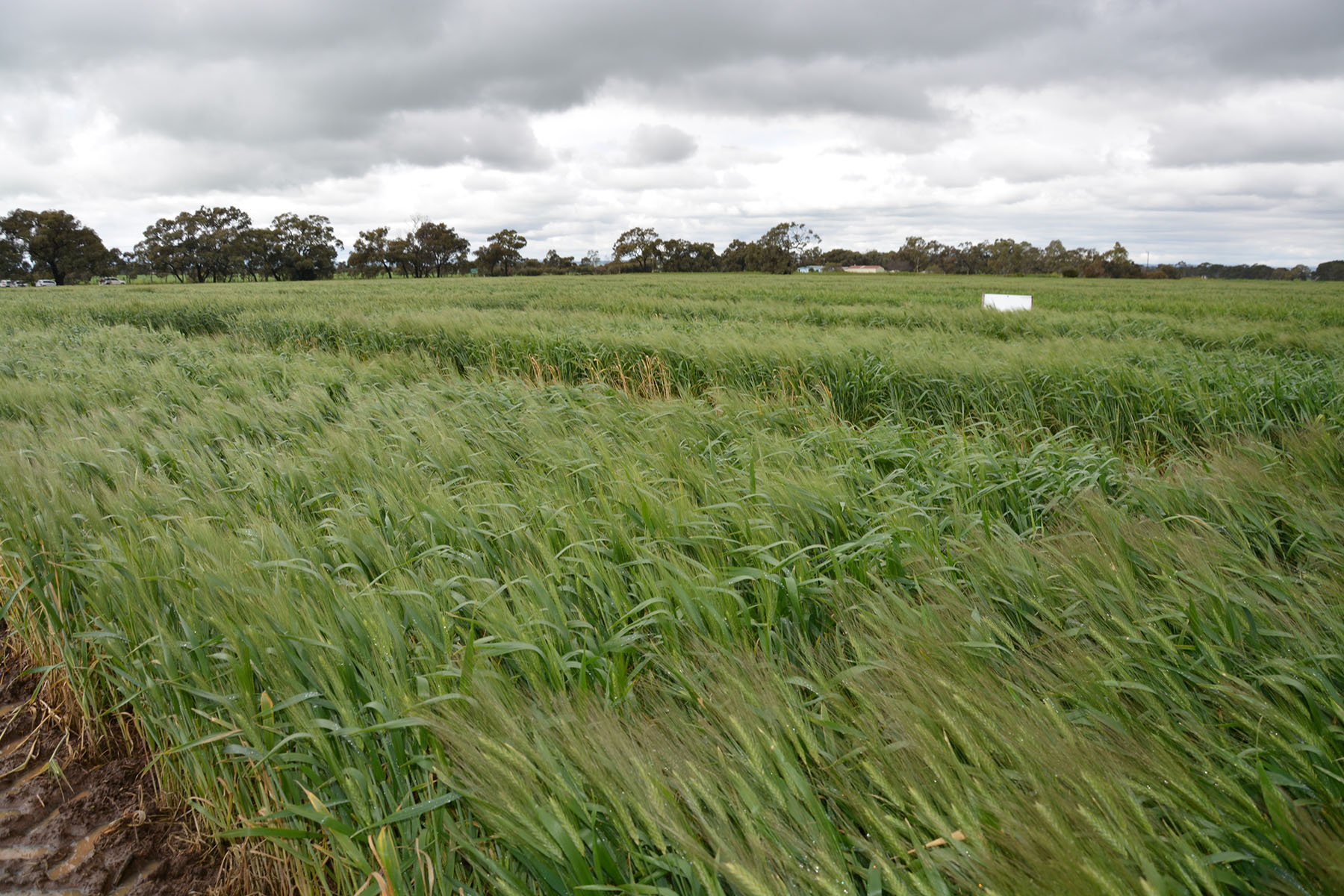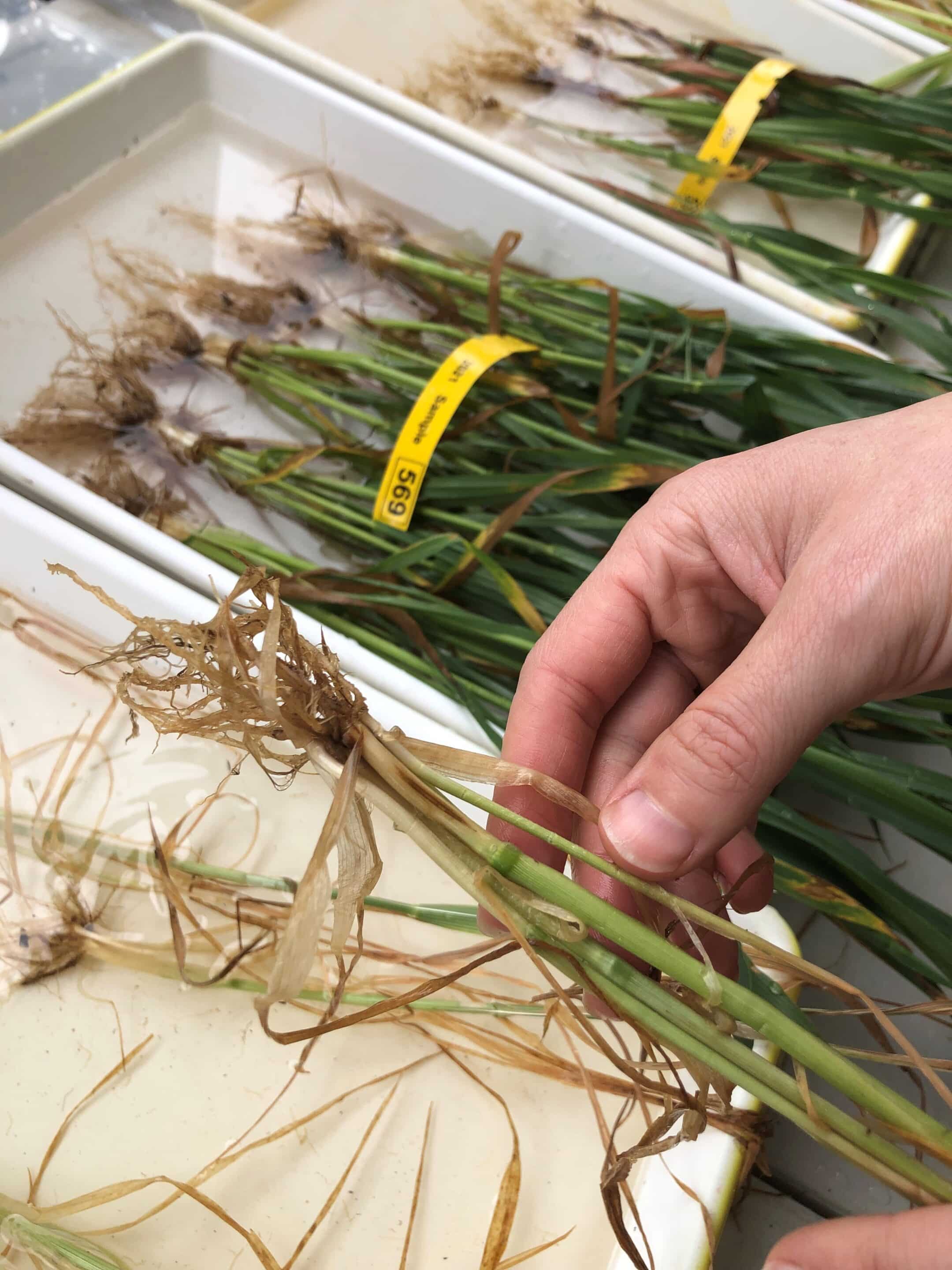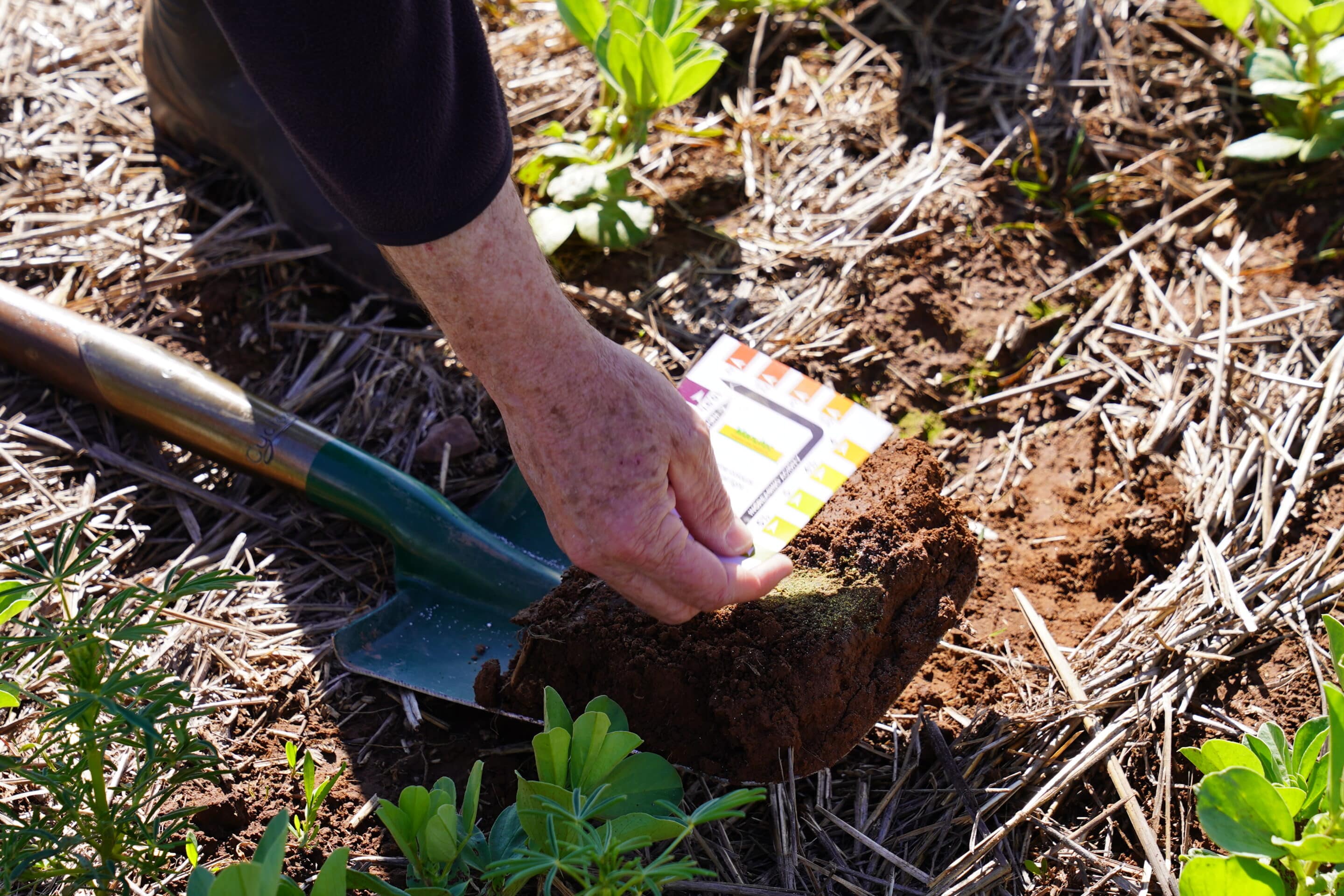START
FINISH
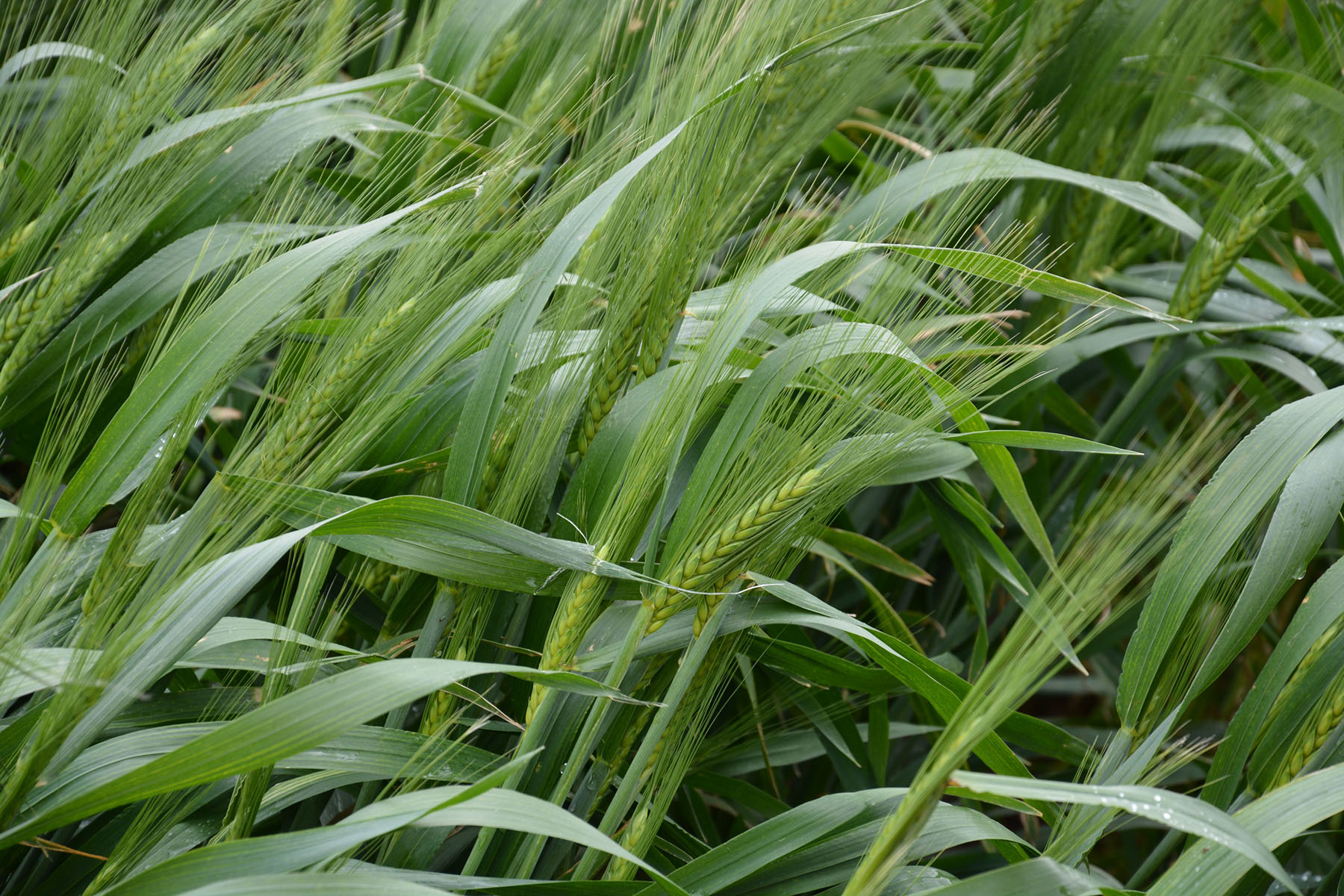
Summary
Building on previous research to detect crown rot resistance in durum backgrounds, work has been conducted to combine multiple minor resistances from diverse sources including a wild species. Some of these sources have been poorly adapted so multiple crosses and rounds of selection have been required to return to lines with good yield potential.
The research has developed 12 lines with useful resistance (MS) and suitable yield response that are now being extensively evaluated in crown rot inoculated field trials in another SAGIT-funded project with the Southern Australia Durum Grower’s Association (SADGA).
Background
Previous work has shown that the best sources for resistance to crown rot are bread wheat varieties and wild related species. Efforts to transfer these resistances has led to lines with very poor agronomic adaptation and so extensive crossing and selection has been required to develop lines with both resistance, quality and good yield potential.
Research Aims
The core objectives of the project were to expand on previous SARDI research identifying resistance to crown rot in some durum lines to develop well-adapted durum breeding lines with effective resistance with a view to commercialise these lines in the future.
In The Field
A wild wheat species Triticum dicoccon, the bread wheat variety Kukri and a durum line developed from bread wheat for stress tolerance by Dr Tony Rathjen of the University of Adelaide were used in this research.
Preliminary quality tests were also conducted as a part of this research using Near Infra-Red (NIR) measurements on shortlisted lines to screen for quality attributes.
Results
A significant level of crown rot resistance within durum breeding lines has been achieved that will translate to the development of commercial varieties in time.
Twelve lines are now in yield trials at four sites and have been included in crown rot yield loss trials with SAGIT and SADGA funding at Kingsford and Bordertown.
A further 21 lines are in yield trials at two sites in SA as a part of the University of Adelaide Durum Breeding Program.
A second group of lines with higher levels of resistance but low yield have been crossed with elite parents and will undergo preliminary selection in 2017.
Seed is being multiplied for some of the successful lines for potential inclusion into the NVT system.
Project Participants
South Australian Research and Development Institute: Hugh Wallwork
The Problem
Growers need durum wheat varieties with some resistance to crown rot as all current varieties are very susceptible.
The research
Crown rot resistance has been sought from a wild related species and bread wheats to gain useful levels of resistance. Multiple crosses have been made to adapted durums to ensure good yield potential.
More information
Hugh Wallwork, SARDI
T: 0427 001 568
E: [email protected]
Value for Growers
With further time and ongoing support, delivery of durum wheat lines with good levels of crown rot resistance will eventuate.
This will provide growers with varietal options in this space and could lead to a significant expansion of the area sown to durum wheats.
The reduced risk of crown rot in these potential varieties will offset some reduction in yield that may be associated.

